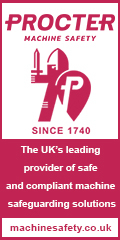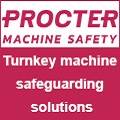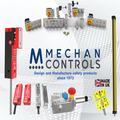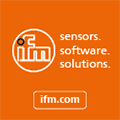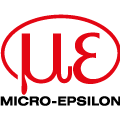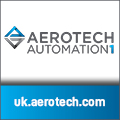
Posted to News on 3rd Oct 2023, 15:00
With great technologies, comes great precision
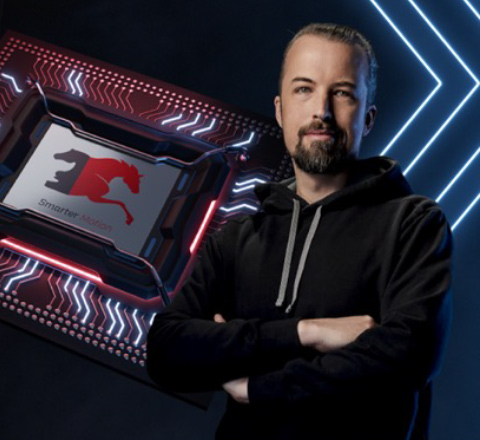
A businesses transition from micron-level positioning to nanoscale manipulation, this adds more pressure on machine builders to deliver precise, next generation solutions. This is true in a range of applications – from laser processing and semiconductor fabrication to component assembly and metrology – where nanometres can often be the difference between success and failure, as the experts at Physik Instrumente (PI) explain.
Machine builders are living in a world of ever-decreasing tolerances, and must keep pace with the latest technological advancements to ensure they fulfil the unique requirements of each of their clients.
The relentless march towards tighter tolerances requires state-of-the-art positioning technologies to match demand, and these systems must be able to deliver nanometre-level manipulation in multiple degrees of freedom (DOFs).
The choice of motion hardware must first consider the number of DOFs involved; where the machining of intricate aerospace components might necessitate a combination of linear and rotary stages to provide multi-axis movement, a single linear actuator is probably adequate to open and close a straightforward valve. The type of motion technology is therefore largely dependent on a combination of the application and level of precision required.
Some processes still only need alignment to within hundreds of microns, but the reality is that many sectors are dealing with ever-shrinking components, demanding sub-micron precision. Component assembly during photonic device production, for example, entails positioning systems with nanoscale resolution to seamlessly align the large number of optical fibres and other miniature parts in several DOF.
Sophisticated positioning hardware capable of nanometre-level movement is just one factor, and state-of-the-art controllers that employ advanced automation algorithms are also vital to ensure both precision and seamless integration. This adds to the complexities of choosing motion technologies, which must balance technical requirements without being overengineered for the application.
Put simply, when it comes to precision motion, there is no one-size-fits-all approach, and applications often demand tailored solutions that fulfil unique process-specific requirements.
No matter the application at hand, Physik Instrumente (PI) UK hardware and control systems from ACS Motion Control integrate seamlessly to create comprehensive motion solutions that can fulfil even the most precise tolerances. To discuss your manufacturing challenges, and how our solutions can help, join us as MachineBuilding.Live on 4 October at Stand 68.
Want the latest machine building news straight to your inbox? Become a MachineBuilding member for free today >>
Trent House, University Way
Cranfield Technology Park
MK43 0AN
UNITED KINGDOM
+44 (0)1234 756360



